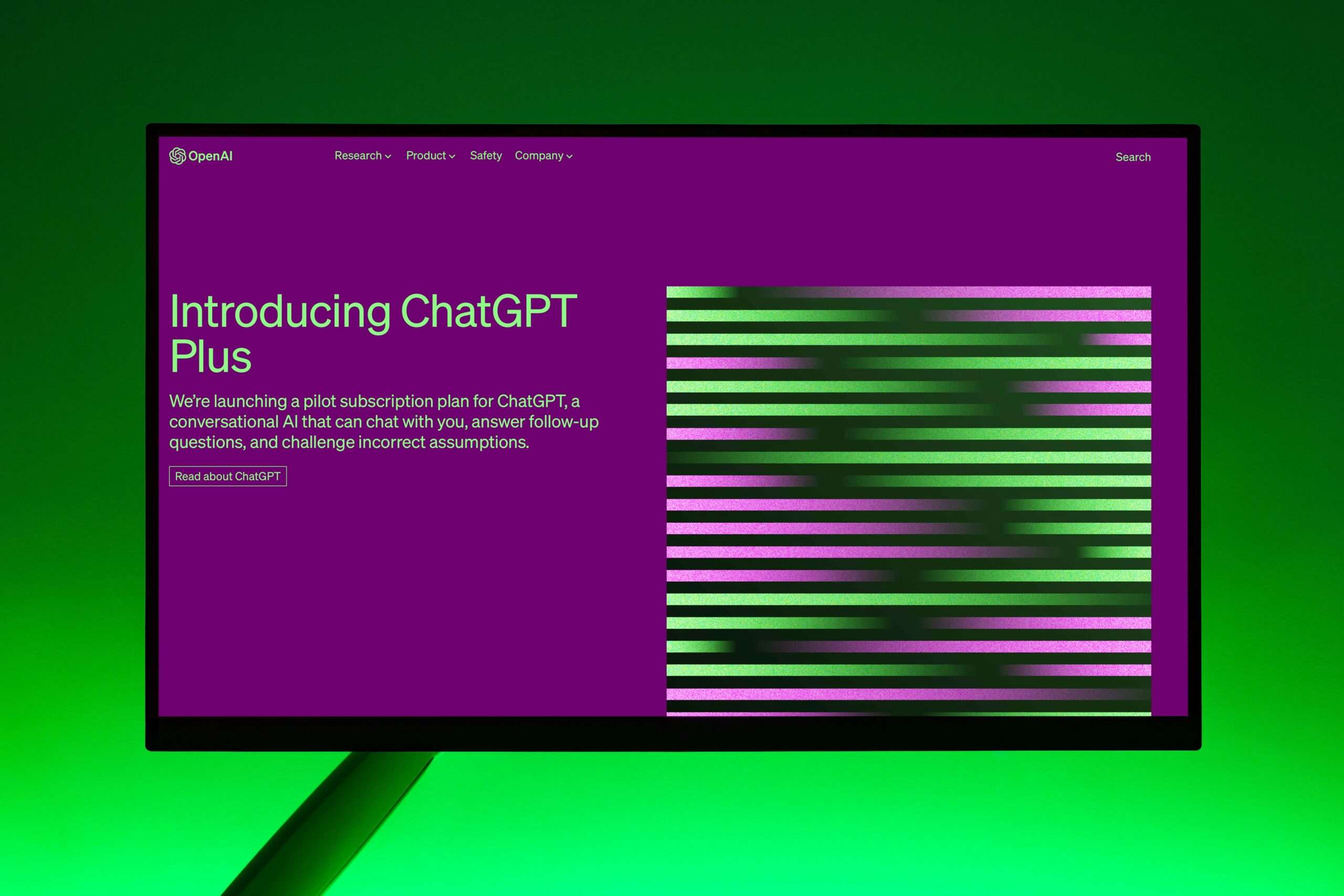One of the most eagerly awaited developments in artificial intelligence is the GPT-5, which will soon be released by OpenAI. Natural language processing (NLP) reasoning and multimodal capabilities are all expected to significantly improve with the release of GPT-5, which is anticipated to occur in late 2024 or early 2025. This piece examines the salient characteristics and possible implications of GPT-5 and the ways in which it could transform artificial intelligence applications in diverse fields.
Today we will discuss the GPT 5 release date and chat GPT 5 news, when the OpenAI GPT 5 will be introduced to the public, and what the price of usage will be. We will cover all the questions in the below points.
Table of Contents

1. Evolution of OpenAI GPT Models
GPT-1 to GPT-4: A Recap
- GPT-1 (2018) introduced the concept of transformer models in NLP, demonstrating the potential of pre-trained transformers.
- GPT-2 (2019) improved text generation quality and natural language understanding significantly.
- GPT-3 (2020) marked a substantial leap with 175 billion parameters, enabling exceptional capabilities in text generation, translation, and more.
- GPT-3.5 (2023) addresses the limitations of Chat GPT 3.5 while adding new functionalities.
- GPT-4 (2023): Introduced enhancements in parameter size, reduced bias, and improved factual accuracy (Geeky Gadgets).
Intermediate Updates: GPT-4.5 and Sora
- GPT-4.5 is expected to serve as a bridge between GPT-4 and GPT-5, offering incremental improvements.
- Sora is a groundbreaking model capable of creating realistic videos from textual descriptions, showcasing OpenAI’s venture beyond pure language generation (DataCamp).
2. Key Features of GPT-5
Parameter Size
- We predict that GPT-5, with more than 1 trillion parameters, will greatly outperform GPT-4. By increasing the complexity and capability of the model, this increase seeks to push the limits of what is feasible with large language models.
Multimodal Capabilities
- Expanding upon GPT-4s image and audio features, GPT-5 is anticipated to incorporate video processing. This improvement will make AI interactions more comprehensive and intuitive by enabling more natural and adaptable forms of communication.
Autonomous AI Agents
- It is anticipated that GPT-5 will progress from a chatbot to a completely autonomous agent that can carry out tasks without human supervision. This involves managing emails, setting up appointments, and making purchases online. It has the potential to completely change industries like personal assistants and customer service.
3. Enhanced Functionalities
Improved Reasoning and Accuracy
- Improving reasoning skills to make interactions feel more human-like is one of GPT-5’s main goals. Error reduction and better contextual query understanding are the goals of NLP improvements.
Expanded Memory
- Through the use of an extended memory mechanism, GPT-5 will address the short-term memory limitation during conversations. In doing so, the model will be able to remember and apply data from longer-term conversation histories, resulting in more logical and customized interactions.
Voice and Video Interaction
- More realistic-sounding responses will be possible with improved speech recognition and synthesis, and real-time feedback moderation and transcription will be facilitated by video understanding. GPT-5 will be easier to use and more accessible thanks to these improvements.
Enhanced Code Understanding and Generation
- GPT-5 will be able to analyze, generate, and optimize code in a variety of programming languages thanks to training on a larger and more varied corpus of code. Software development troubleshooting and documentation will all greatly benefit from this.
4. Applications and Implications
Practical Use Cases
- With its more individualized and context-aware services, GPT-5’s advanced capabilities have the potential to transform a number of industries, including healthcare education, customer service, and personal assistant applications.
- Because of its capacity for handling intricate decision-making, it has the potential to revolutionize professional settings and support activities like strategic planning, data analysis, and project management (DataCamp Geeky Gadgets).
Cost and Accessibility
- While GPT-5’s exact pricing is still unknown, it is anticipated to operate on a subscription-based business model much like GPT-4, with monthly costs of between $20 and $25. Through increased affordability and accessibility for a wider range of users and developers, this could democratize access to advanced AI.
5. GPT 5 Release Date and Ethics
Responsible AI Development
- Ethics like job displacement and possible technological abuse are brought up by the development of GPT-5. In order to ensure responsible deployment and societal adaptation to these advanced capabilities, OpenAI is adopting a cautious approach.
Future Outlook
- While it might not immediately reach artificial general intelligence (AGI) , GPT-5 is anticipated to help advance the field gradually. As a result of its developments, AI systems will be able to comprehend and carry out a greater variety of human tasks (DataCamp ReadWrite).
Conclusion
With improved reasoning, multimodal capabilities, and autonomous functionalities, GPT-5 promises to bring about major advances in AI. There could be a huge impact on everyday life and a number of industries as we wait for its release. GPT-5 appears to have a bright future for AI, but responsible development and careful consideration of ethical implications are also necessary to ensure that benefits outweigh risks.
We can better equip ourselves for the revolutionary shifts that GPT-5 will usher in by staying up-to-date on and involved with the most recent advancements in AI technology.
Your Queries: GPT 5 Release Date , Chat GPT 5 News , OpenAI GPT 5, Chat GPT 3.5
GPT 5 will be better than perplexity and claude for sure
Waiting for GPT 5
I savour, result in I discovered exactly what I was taking a look for. You have ended my four day long hunt! God Bless you man. Have a nice day. Bye